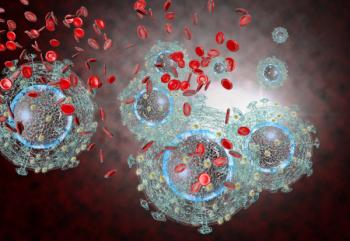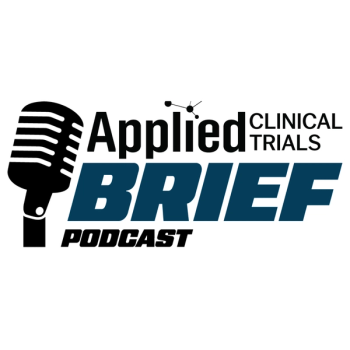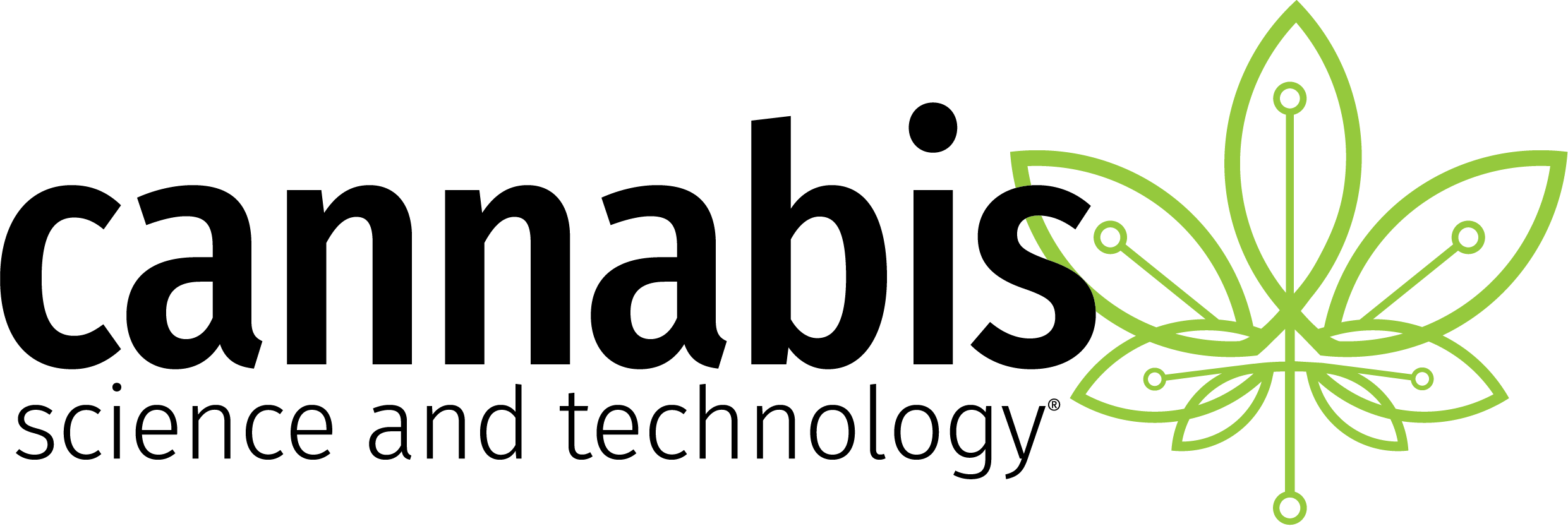
CIT Launches LeadScreen, a New Range of Services for Drug Candidate Selection
Currently, around 20 per cent of candidate drugs fail during standard regulatory non-clinical studies, too often due to late identification of toxicological effects. Using CIT’s LeadScreen (TM), the early detection of potential toxicity can increase the chances of success when the candidate drug goes through the later stages of non-clinical development. LeadScreen (TM) offers the ability to reduce the financial cost and time associated with standard drug development practices.
LeadScreen offers:
- Precise selection of the future drug candidate. Using CIT’s expertise in toxicology, genomics and biomarker analysis, LeadScreen (TM) Tox offers a multi-criteria toxicology study. In a four-day predictive study, LeadScreen (TM) Tox combines the clinic (daily clinical examinations), clinical biology, histopathology, toxico-genomics, biomarker identification, in vivo micronuclei and toxico-kinetics.
- The evaluation of the genotoxicity of candidates using BlueScreen (TM) tests, mini-Ames and mini-micronucleus.
- The evaluation of pharmacological safety parameters, such as QT prolongation and other cardiovascular parameters in vivo.
- The definition of in vivo half-life and bioavailability.
- devTox (TM) and cardioTox (TM): LeadScreen (TM) also includes tests offered by CIT’s Wisconsin-based partner, Stemina Biomarker Discovery. These use metabolomics and embryonic human stem cells to identify biomarkers for developmental (devTox (TM) and cardiac toxicity (cardioTox (TM).
Newsletter
Stay current in clinical research with Applied Clinical Trials, providing expert insights, regulatory updates, and practical strategies for successful clinical trial design and execution.





.png)



.png)



.png)
.png)
